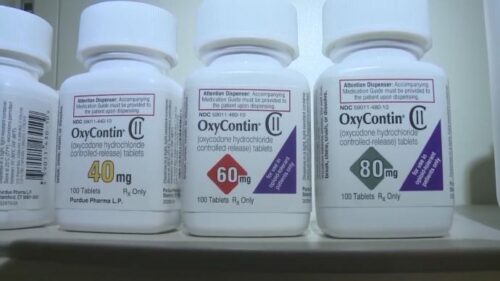Product name Butylone Full chemical name 1-(1,3-benzodioxol-5-yl)-2-(methylamino)butan-1-one Formal Name bk-MBDB CAS num 802575-11-7 Molecular Formula C12H15NO3 Average mass 221.2524 g/mol Purity ≥99.6% Stability 2 years Storage -20°C Formulation A crystalline solid λmax 221, 315 nm
Butylone Crystal
$280.00 – $1,590.00
Description
Buy Butylone Online from Chemicals Pharm Store
Are you looking to buy Butylone Crystal Online , also known as β-keto-N-methylbenzodioxolylbutanamine, is an entactogen, psychedelic, and stimulant psychoactive drug of the phenethylamine chemical class. Butylone was first synthesized by Koeppe, Ludwig, and Zeile in 1967. It remained an obscure product of academia until 2005
Buy Butylone Online / Order Butylone Wholesale / Retail Supplies Usage.
Butylone Crystal can be synthesized in a laboratory via the following route: 3,4-methylenedioxybutyrophenone dissolved in dichloromethane to bromine gives 3′,4′-methylenedioxy-2-bromobutyrophenone. This product was then dissolved in dichloromethane and added to an aqueous solution of methylamine (40%). HCl was then added. The aqueous layer was removed and made alkaline by using sodium bicarbonate. For the extraction of the amine ether was used. To get butylone a drop of ether and HCl solution was added
High Quality Butylone Online History .
Best place to buy Butylone Crystal Online is in a similar way as MDMA and Methylone, it causes an increase in extracellular monoamine levels Butylone Crystal was first synthesized by Koeppe, Ludwig and Zeile which is mentioned in their 1967 paper. It remained an obscure product of academia until 2005 when it was sold as a designer drug.[1] Butylone shares the same relationship to MBDB as methylone does to MDMA (“Ecstasy”). Formal research on this chemical was first conducted in 2009, when it was shown to be metabolised in a similar manner to related drugs like methylone Butylone, also known as β-keto-N-methylbenzodioxolylbutanamine (βk-MBDB), is an entactogen, psychedelic, and stimulant psychoactive drug of the phenethylamine chemical class. It is the β-keto (substituted cathinone) analogue of MBDB and the substituted methylenedioxyphenethylamine analogue of buphedrone There are three major metabolic pathways of bk-MBDB as shown in the figure. As result of demethylenation followed by O-methylation bk-MBDB metabolises into 4-OH-3-MeO and 3-OH-4-MeO metabolites in human urine. The second pathway is a β-ketone reduction into β-ketone reduced metabolites. The third pathway is a N-dealkylation into N-dealkyl metabolites. The first two pathways occur more than pathway three. The most common metabolite is the 4-OH-3-MeO metabolite. The metabolites containing a hydroxyl-group would be excreted as their conjugates in urine
Additional information
| Price | 100g, 1kg, 300g, 500g, 50g |
|---|
Related products
-
Subutex Pills 8mg
$100.00 – $310.00 -
Adderall 30mg Tablets
$400.00 – $1,500.00 -
Codeine Phosphate 60 mg Tablets
$370.00 – $5,500.00 -
Oxycontin 80 mgTablet
$230.00 – $1,800.00








